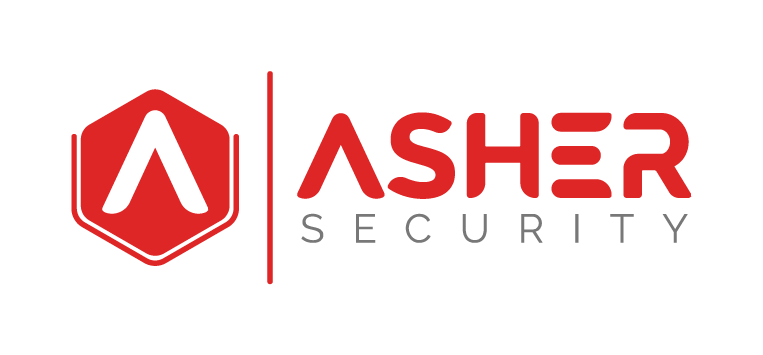Are you looking to strengthen your organization’s security measures? Don’t know where to start?
 Organizations looking to strengthen their cybersecurity posture can greatly benefit from partnering with a Virtual Chief Information Security Officer (vCISO). A vCISO provides expert guidance, strategic direction, and hands-on support to help mitigate cybersecurity risks, ensure compliance, and improve overall security maturity.
Organizations looking to strengthen their cybersecurity posture can greatly benefit from partnering with a Virtual Chief Information Security Officer (vCISO). A vCISO provides expert guidance, strategic direction, and hands-on support to help mitigate cybersecurity risks, ensure compliance, and improve overall security maturity.
According to 2023 research, 95% of survey respondents confirmed that CISOs played a huge role in security. This suggests that organizations should recognize the need for cybersecurity leadership in protecting their systems.
Implementing vCISO services presents essential advantages for companies that aim at both cyber security growth and regulatory adherence alongside risk threat management. Businesses that want to achieve maximum value from their vCISO partnership should follow best practices in this collaboration arrangement.
- Establish Recurring Meetings
A vCISO partnership requires organizations to schedule recurring meetings. Lack of scheduled meetings leads to communication breakdowns, which create delays in handling cybersecurity vulnerabilities.
Tony Asher, CEO of Asher security says that, “There is no harm in setting up a year of one-hour meetings every other week with your virtual CISO.”
Such a fixed cadence helps organizations prioritize cybersecurity discussions, track progress, and maintain alignment on security goals.
Both organizations benefit when they organize their cybersecurity meetings ahead of time because they avoid continuous searching for open time slots for essential discussions. Simply through this method organizations gain efficiency and quickly solve security matters while building better cyber resilience for their systems.
2. Understand the vCISO’s Process
Every virtual Chief Information Security Officer implements independent approaches to cybersecurity risk evaluation and risk reduction procedures.
Businesses must grasp how their appointed vCISO runs security risk management operations. They achieve enhanced cybersecurity comprehension by asking the vCISO how they approach vulnerability identification along with security control implementation and their strategic plan for maturity growth. The disclosure of information stimulates trust building while stopping potential confusion.
Lack of internal cybersecurity knowledge may sometimes make employees misunderstand the work performed by their vCISOs. Security strategies become palatable for stakeholders when they receive proper explanation, which allows effective collaboration because stakeholders understand the worth of vCISO services for risk management.
- Clearly Define Goals and Priorities
Different organizations employ vCISO services for achieving compliance objectives as well as reducing their risks and enhancing their security approach. The vCISO needs detailed organizational objectives and priorities in the starting phase to create tailored service solutions. Some organizations require help meeting the requirements of NIST 800-171, SOC 2 Type 2, and GDPR compliance standards.
Organizations look for cybersecurity reputation enhancement when their clients express reservations regarding data security. The ones that set clear objectives at the beginning enable their vCISO’s guidance to be effective for supporting their business requirements.
- Practice, Patience, and Open Communication
Cybersecurity is a complex field that requires technical expertise, ongoing adaptation, and strategic thinking. Patience is crucial when working with a vCISO, as security improvements take time to implement and refine.
“At the end of the day, you are basically taking class from someone who’s an expert in their field, and they’re willing to educate you.” Says Tony.
Instead of expecting instant results, organizations should embrace the learning process and engage in open dialogue with their vCISO to clarify concepts and strategies.
- Map Actions to Risk Reductions
Rather than reacting impulsively to cybersecurity trends or news headlines, businesses should follow a structured approach to risk management. A vCISO will assess and prioritize security risks before implementing solutions.
Tony says that professionals and practitioners ought to get better at identifying risk, and prioritize it. By mapping actions directly to risk reduction strategies, organizations can ensure that security investments are targeted and impactful. This approach also allows IT leaders to provide clear, justifiable responses to inquiries from the Audit Committee or executive board.
- Document Progress and Take Notes
The period for cybersecurity improvement requires organizations to document their progress so they can gauge the partnership results from working with a vCISO.
Periodic tracking of security progress together with added protection measures and control execution allows stakeholders to give straightforward reports to leadership. During meetings with the vCISO organizations can document vital information including strategies and discussions and key decisions that take place. The documented information becomes useful for reports and presentations that facilitate clear demonstration of cybersecurity advancement progress to both executive leadership and regulatory officials and investors.
Risk management in cybersecurity requires organizations to practice ongoing development of their systems. Securing digital platforms becomes more robust through time because organizations preserve records of historical procedures and learned lessons which help improve their security posture.
Conclusion
A successful partnership with a vCISO requires strategic planning, clear communication, and a commitment to long-term cybersecurity improvements. By following the above best practices, businesses can maximize the benefits of their vCISO engagement.
Don’t wait for a security breach to expose vulnerabilities. Start strengthening your cybersecurity posture today by partnering with a trusted vCISO provider.

Recent Comments